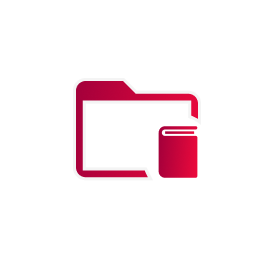Konferenzbeitrag
A comparison between morphological complexity measures: typological data vs. language corpora
Language complexity is an intriguing phenomenon argued to play an important role in both language learning and processing. The need to compare languages with regard to their complexity resulted in a multitude of approaches and methods, ranging from accounts targeting specific structural features to global quantification of variation more generally. In this paper, we investigate the degree to which morphological complexity measures are mutually correlated in a sample of more than 500 languages of 101 language families. We use human expert judgements from the World Atlas of Language Structures (WALS), and compare them to four quantitative measures automatically calculated from language corpora. These consist of three previously defined corpus-derived measures, which are all monolingual, and one new measure based on automatic word-alignment across pairs of languages. We find strong correlations between all the measures, illustrating that both expert judgements and automated approaches converge to similar complexity ratings, and can be used interchangeably.
- Sprache
-
Englisch
Soldatova, Tatjana
Koplenig, Alexander
Samardžić, Tanja
- URN
-
urn:nbn:de:bsz:mh39-53797
- Letzte Aktualisierung
-
14.09.2023, 08:26 MESZ
Objekttyp
- Konferenzbeitrag
Beteiligte
- Bentz, Christian
- Soldatova, Tatjana
- Koplenig, Alexander
- Samardžić, Tanja
Entstanden
- 2016-10-26








